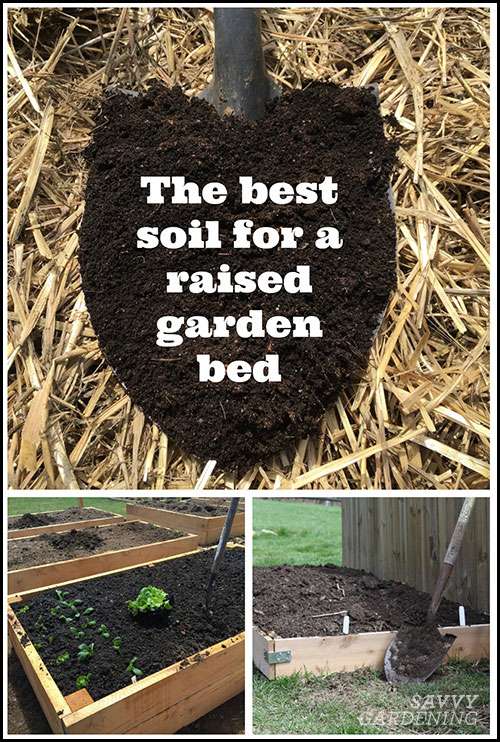In this article, we’ll be discussing the benefits of mixing topsoil with compost for raised beds. Whether you’re interested in off grid living or simply love gardening, this topic is for you. We’ll explore the reasons why combining topsoil and compost can help improve the health and productivity of your raised beds. So, if you’re wondering if you should mix topsoil with compost, keep reading to learn more!
The Benefits of Mixing Topsoil with Compost for Raised Beds
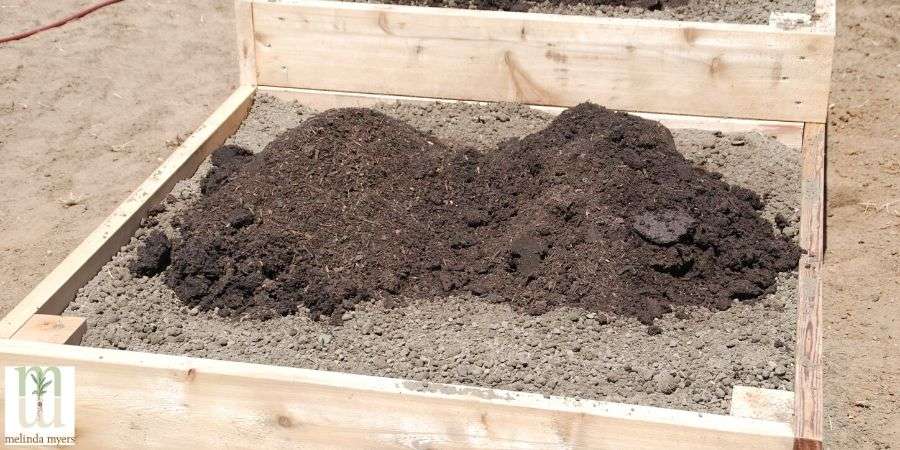
What are raised beds?
Raised beds are gardening structures that are built above ground level, creating a contained area for plants to grow. These beds can be made from various materials such as wood, metal, or stone, and are typically filled with soil. They are particularly popular among gardeners for their many benefits and versatility.
Why use raised beds for gardening?
There are several reasons why gardeners choose to use raised beds for their gardening endeavors. Firstly, raised beds provide better soil drainage compared to traditional in-ground gardening. The elevated structure allows excess water to flow freely, preventing waterlogging and root rot. Additionally, raised beds create a defined space for gardening, making it easier to control soil quality, manage weeds, and protect plants from pests.
Introduction to topsoil
Definition of topsoil
Topsoil is the uppermost layer of soil, ranging in depth from a few inches to a few feet. It is the layer where most of the biological activity in the soil occurs and where plant roots primarily grow. Topsoil is crucial for plant growth as it provides essential nutrients, holds moisture, and supports the growth of beneficial microorganisms.
Characteristics of topsoil
Topsoil is rich in organic matter, which is derived from decomposed plant and animal materials. It is dark in color and has a crumbly texture. The specific characteristics of topsoil, such as its nutrient content and pH level, vary depending on location and environmental factors.
Importance of topsoil in gardening
Topsoil serves as the foundation for successful gardening. It contains the necessary nutrients that plants need for healthy growth. Additionally, topsoil helps with moisture retention, provides a suitable environment for root development, and supports the growth of beneficial soil organisms. Without sufficient topsoil, plants may struggle to thrive and produce optimal yields.
Introduction to compost
Definition of compost
Compost is a nutrient-rich organic matter that is created through the decomposition of organic materials, such as food scraps, yard waste, and plant materials. It undergoes a natural process called composting, where microorganisms break down the organic matter into a stable and beneficial soil amendment.
Benefits of compost in gardening
Compost offers numerous benefits when used in gardening. Firstly, it enriches the soil by improving its structure and increasing its water-holding capacity. Compost also adds essential nutrients to the soil, promoting healthy plant growth. Additionally, the organic matter in compost improves soil aeration and encourages the growth of beneficial soil organisms, such as earthworms. Overall, compost enhances soil fertility and supports a sustainable and eco-friendly approach to gardening.
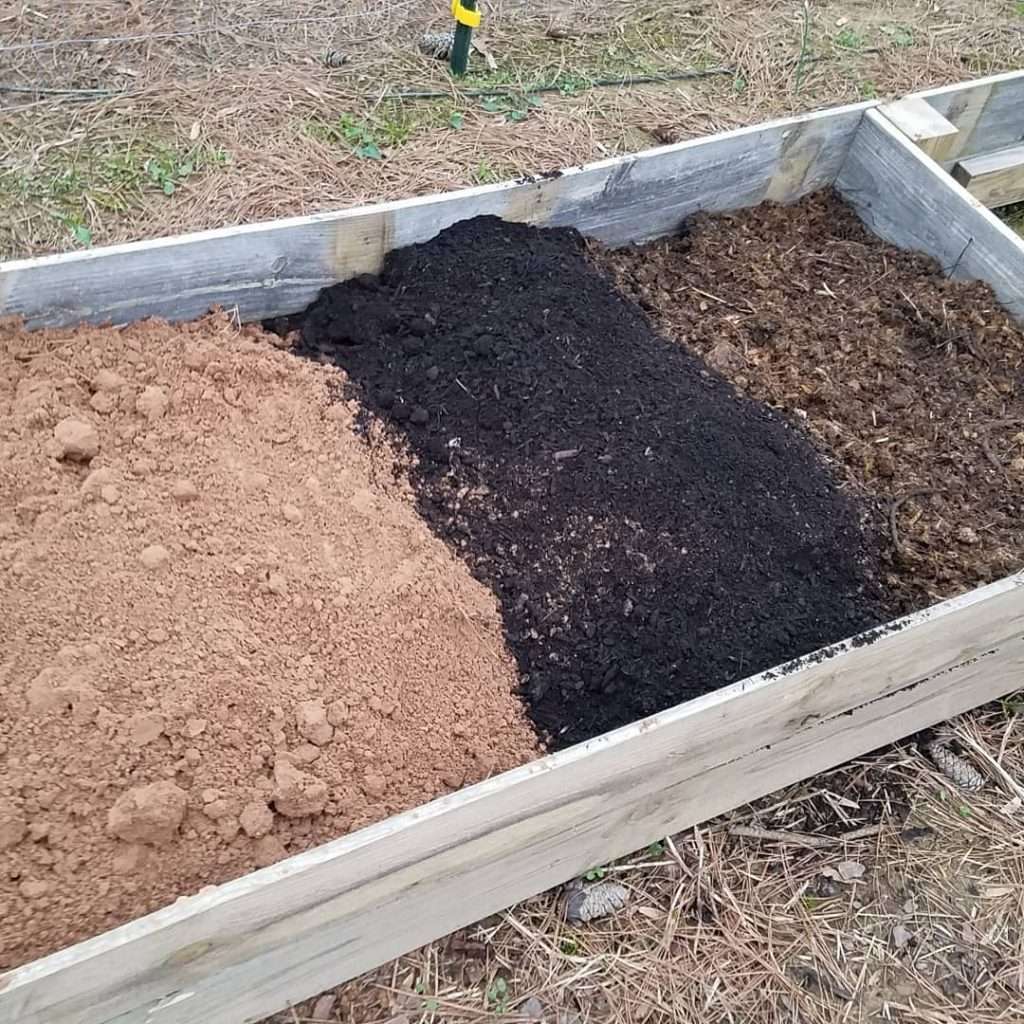
What are the benefits of mixing topsoil with compost?
When it comes to gardening in raised beds, mixing topsoil with compost can provide several benefits. Let’s explore them further.
Improved nutrient content
How compost enhances nutrient availability
Compost is a rich source of nutrients for plants. When mixed with topsoil, it increases the nutrient content of the soil, ensuring that plants have access to a wide range of essential elements. These nutrients, such as nitrogen, phosphorus, and potassium, play vital roles in plant growth and development. By incorporating compost into the topsoil, you can create a fertile growing medium that supports healthy plant growth.
Balancing nutrient ratios with topsoil and compost
One of the advantages of mixing topsoil with compost is the ability to balance nutrient ratios. Topsoil may have imbalances in nutrient levels, depending on its source and history. By adding compost, which has a more diverse nutrient profile, you can correct these imbalances and create a more favorable environment for plants. Achieving the right nutrient balance is essential for optimizing plant growth and minimizing nutrient deficiencies or toxicities.
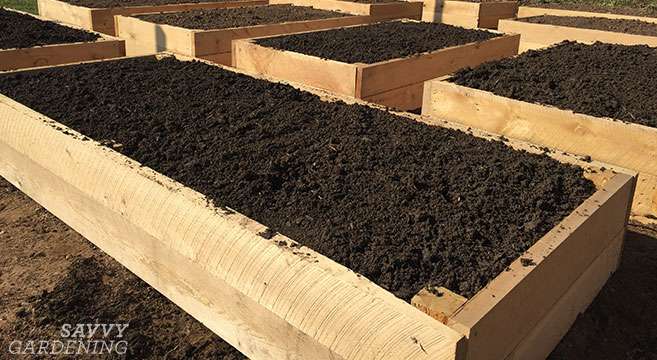
Enhanced soil structure
Improving drainage and aeration
Proper soil structure is vital in raised bed gardening. Mixing topsoil with compost improves the structure of the soil, making it easier for plant roots to grow and thrive. Compost has a light and fluffy texture that helps with soil drainage by preventing waterlogging. It also enhances soil aeration, ensuring that plant roots have access to oxygen, which is crucial for their health and development.
Preventing soil compaction
Another benefit of incorporating compost into topsoil is its ability to reduce soil compaction. Raised beds can be prone to compaction due to frequent watering, foot traffic, or heavy rains. The organic matter in compost helps create a more resilient soil structure that is less prone to compaction. This allows plant roots to penetrate the soil more easily, leading to healthier and more robust plants.
Increased water retention
How compost helps retain moisture
Water is essential for plant growth, and raised beds have the advantage of better water retention compared to traditional gardening methods. When topsoil is mixed with compost, the organic matter acts as a sponge, absorbing and holding moisture. This ensures that plants have a steady supply of water, even during dry periods. Adequate water retention helps reduce the risk of drought stress and provides a buffer against fluctuations in soil moisture levels.
Combining topsoil and compost for optimal water-holding capacity
By combining topsoil and compost, you can optimize the water-holding capacity of the soil in raised beds. The mixture provides the perfect balance between drainage and moisture retention, allowing plants to access water without becoming waterlogged. This is especially beneficial in regions with limited rainfall or for gardeners who prefer to conserve water.
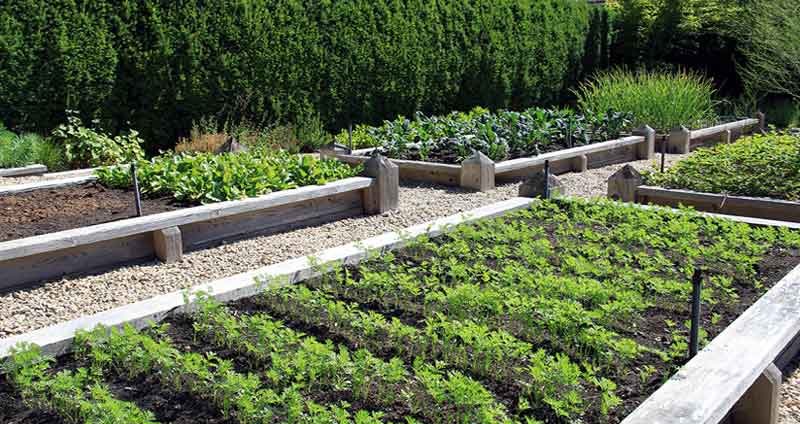
Promotion of root development
Creating loose and friable soil
Healthy root development is crucial for strong and productive plants. Mixing topsoil with compost creates loose and friable soil that is easy for roots to penetrate. The light and airy texture of the compost allows roots to spread and establish themselves more effectively. This promotes the development of a robust root system, which in turn supports overall plant growth and resilience.
Providing necessary air circulation for healthy roots
Proper air circulation is essential for the health and vitality of plant roots. The incorporation of compost into topsoil improves soil aeration, ensuring that roots have access to oxygen. Adequate oxygen levels in the soil promote aerobic soil organisms, which contribute to nutrient cycling and overall soil health. Additionally, well-aerated soil reduces the risk of root diseases caused by anaerobic conditions.
Weed suppression
Reducing weed competition
Weeds can be a persistent problem in any garden. However, by mixing topsoil with compost, you can reduce weed competition in raised beds. The addition of compost helps create a nutrient-rich and well-structured soil that favors the growth of desired plants over weeds. Additionally, the organic matter in compost acts as a natural mulch, covering the soil surface and preventing weed seeds from germinating.
Using compost as a natural weed barrier
Compost can also be used as a natural weed barrier when applied as a thick layer on top of the soil. This layer of compost acts as a physical barrier, preventing weed seeds from reaching the soil and germinating. As the compost decomposes, it enriches the soil and further enhances plant growth while suppressing the growth of weeds. This organic weed control method is environmentally friendly and eliminates the need for chemical herbicides.
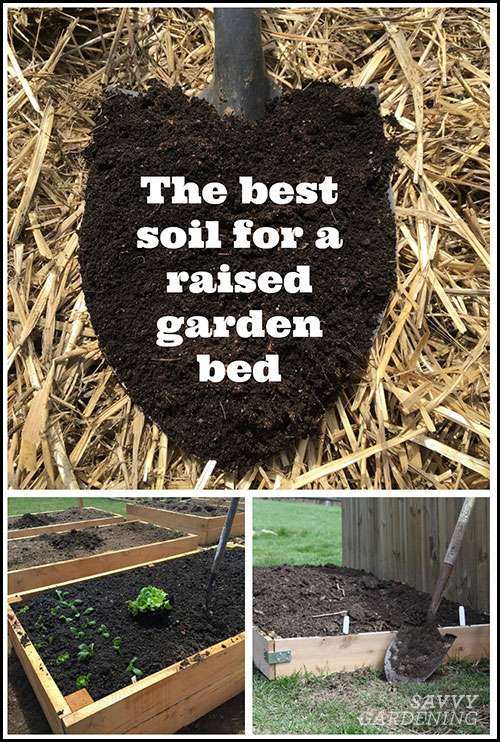
Disease and pest resistance
Boosting plant immune system with compost
Plants that are grown in soil enriched with compost tend to have stronger immune systems. The organic matter in compost contains beneficial microorganisms that promote plant health and disease resistance. These microorganisms can protect plants against certain diseases and pests by enhancing their natural defense mechanisms. Incorporating compost into topsoil creates a favorable environment for these beneficial microorganisms, resulting in healthier and more resilient plants.
Reducing the risk of soil-borne diseases
Soil-borne diseases can be a significant threat to plant health, especially in raised beds where the same soil is reused year after year. Mixing topsoil with compost can help reduce the risk of soil-borne diseases by promoting a diverse and balanced soil ecosystem. The beneficial microorganisms present in compost help suppress the growth of harmful pathogens, reducing the likelihood of disease outbreaks. This contributes to healthier plants and higher yields in raised bed gardens.
Improvement in overall plant health
Beneficial microbial activity in compost
The microbial activity in compost plays a crucial role in promoting overall plant health. The organic matter in compost acts as a food source for beneficial microorganisms, such as bacteria and fungi. These microorganisms break down the organic matter, releasing nutrients and creating a symbiotic relationship with plant roots. This microbial activity enhances nutrient cycling, improves soil structure, and contributes to a healthy and balanced soil ecosystem.
Enhanced plant growth and vigor
When topsoil is mixed with compost, the resulting soil composition provides optimal conditions for plant growth. The increased nutrient availability, improved soil structure, and enhanced moisture retention all contribute to healthier and more vigorous plants. The combination of these factors promotes faster growth, increased flowering and fruiting, and overall improved plant performance in raised bed gardens.
How to properly mix topsoil with compost
Choosing the right ratios
To achieve the best results, it is important to choose the right ratios when mixing topsoil with compost. The ideal ratio may vary depending on the specific needs of your plants and the characteristics of your topsoil. As a general guideline, a ratio of 60% topsoil to 40% compost is often recommended. However, you can adjust the ratio accordingly based on the nutrient requirements of your plants and the composition of your topsoil.
Thoroughly incorporating the two components
To ensure even distribution and proper blending, thoroughly incorporate the topsoil and compost. Start by removing any debris or rocks from the topsoil and breaking up any clumps. Then, gradually mix in the compost, making sure to distribute it evenly throughout the soil. This can be done by hand with a garden fork or by using a mechanical means, such as a rototiller. The goal is to create a homogenous mixture that allows for optimal nutrient availability and soil structure.
Conclusion
In conclusion, mixing topsoil with compost for raised beds offers numerous benefits for gardeners. By combining these two soil amendments, you can improve nutrient content, enhance soil structure, increase water retention, promote root development, suppress weeds, boost disease and pest resistance, and improve overall plant health. When properly mixed and incorporated, topsoil and compost create a fertile and balanced growing medium that supports the growth of healthy and productive plants in raised bed gardens. So, the next time you embark on a gardening project, consider the benefits of mixing topsoil with compost for your raised beds. Your plants will thank you with bountiful harvests and vibrant growth. Happy gardening!

